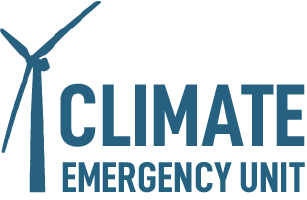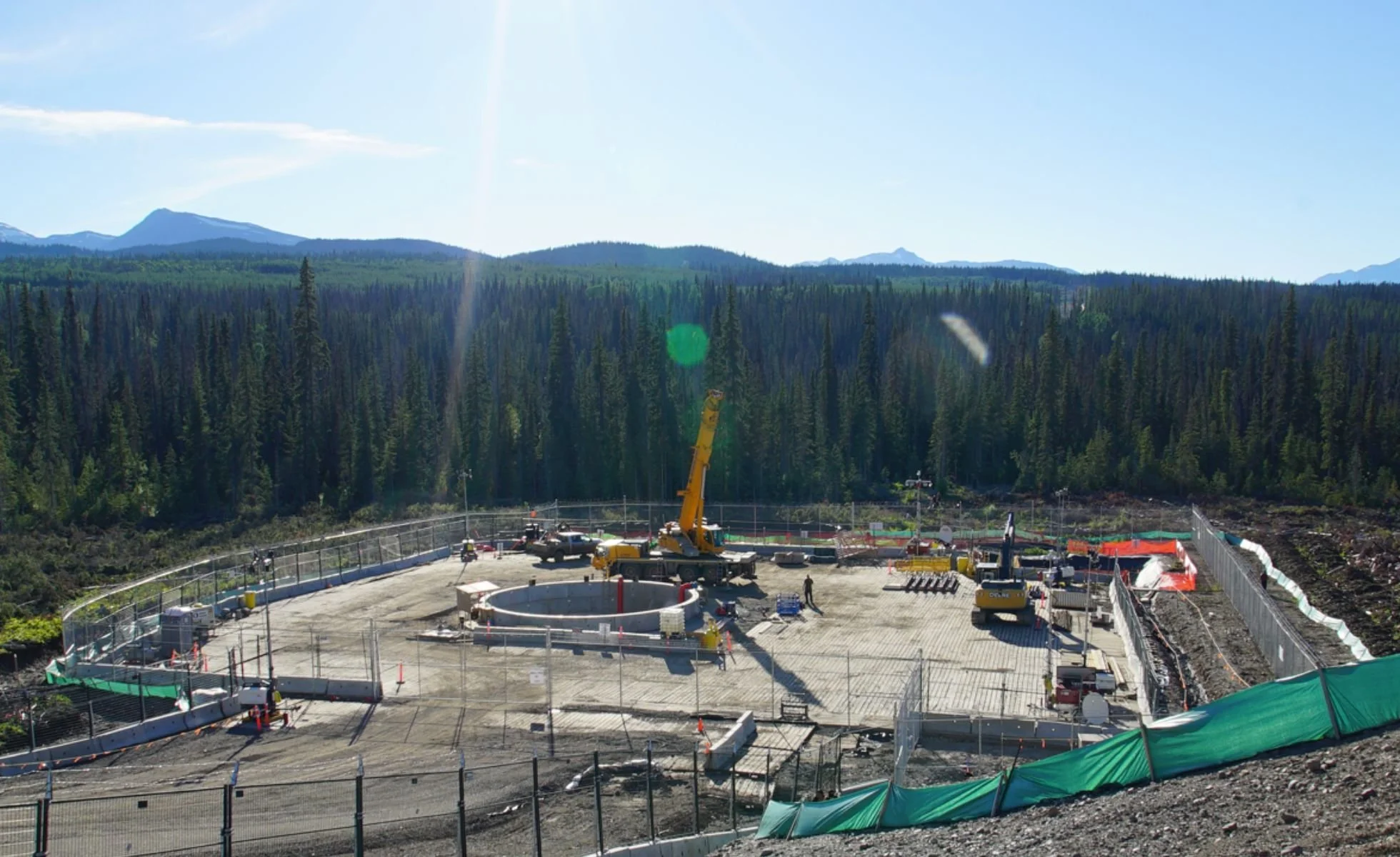Opinion: Premier Eby must choose: climate commitments or fossil fuels
Authors of the article: Grand Chief Stewart Phillip, Peter McCartney, Seth Klein, Tracey Saxby, Alexandra Woodsworth, Kiki Wood, John T. Young, Jens Wieting
Drill pad site for under river tunnel during Coastal GasLink pipeline construction. Image from David Suzuki Foundation.
Of all the pressing issues on David Eby’s desk, the climate emergency, its cascading disasters and their disproportionate impacts on Indigenous peoples must surely be top of mind. It is clear B.C. cannot meet its climate commitments while building a new fossil fuel industry for liquefied natural gas (LNG). Now he must decide which is more important. In his first speech as incoming premier, he rightly declared, “We cannot continue to expand fossil fuel infrastructure and hit our climate goals.” It won’t be long before that welcome commitment is put to the test.
B.C. has promised to cut its climate pollution by 16 per cent below 2007 levels by 2025. To date, it’s reduced a paltry one per cent. Maybe we could make up the gap in a few short years — if not for the construction of the province’s most polluting project. LNG Canada, a liquefaction and export facility for LNG based in Kitimat, B.C., is due to come online that same year. It would be supplied by the Coastal GasLink pipeline, which Wet’suwet’en hereditary leaders and community members continue to oppose to protect their territories from environmental degradation.
That one facility would, at a minimum, create four megatonnes of climate pollution every year, equivalent to B.C.’s entire manufacturing sector. Shell and its partners may even decide to double the size of LNG Canada unless the province takes action to prioritize its climate targets.
But it doesn’t stop there. Woodfibre LNG, in Squamish, has been sitting on permits for years and recently found an investor in Enbridge. Tilbury LNG, in Delta, is working through the regulatory process. On the North Coast, the Haisla and Nisga’a First Nations propose Cedar LNG and Ksi Lisims LNG (although not every affected First Nation has given consent). While these terminals would run on electric hydropower, that doesn’t address the climate pollution from fracking for their gas supply or that produced when it’s eventually burned.
Methane, the main ingredient in “natural” gas, causes 86 times as much warming as carbon dioxide over its shorter 20-year lifetime. While the province’s CleanBC plan promises to eliminate methane emissions by 2035, it offers little detail on how to do this. Meanwhile, the five LNG projects listed above would require approximately 18,000 new fracking wells in northeastern B.C. by 2050. That’s in addition to more than 25,000 existing wells that the Supreme Court determined already violate treaty rights.
Even if B.C. powers these facilities with subsidized electricity and introduces strict methane regulations, LNG remains incompatible with the world’s climate goals. It would lock in decades of climate pollution and delay the necessary rapid transition to low-cost renewables. Replacing coal with gas would still push global warming beyond 1.5 degrees Celsius, risking the extinction of countless species and the rights of Indigenous Nations everywhere. Experts from UN Environment Programme to the International Energy Agency are extremely clear: to avoid the worst impacts of climate change, we must stop building coal, oil and gas projects.
Premier Eby has a choice. His government will decide on Tilbury LNG soon. Woodfibre LNG is lobbying for more subsidies. Enbridge wants a permit extension to revive its massive Westcoast Connector pipeline. Shell and its partners are discussing LNG Canada’s next phase. Premier Eby needs to show he will prioritize climate action over the fossil fuel industry. On the heels of unprecedented heat waves, atmospheric rivers, wildfire seasons, crushing drought, fish die-offs and the loss of Indigenous people’s traditional foods, it’s clear B.C. cannot have both.
Grand Chief Stewart Phillip is President of the Union of B.C. Indian Chiefs. Peter McCartney is the Climate Campaigner for the Wilderness Committee. Seth Klein is the Team Lead for the Climate Emergency Unit. Tracey Saxby is the Executive Director for My Sea to Sky. Alexandra Woodsworth is the Campaigns Manager for Dogwood BC. Kiki Wood is the Senior Oil and Gas Campaigner at Stand. John Young is the BC LNG Campaign Lead for the David Suzuki Foundation. Jens Wieting is the Senior Forest and Climate Campaigner for the Sierra Club.
This op-ed was originally published in the Vancouver Sun.

